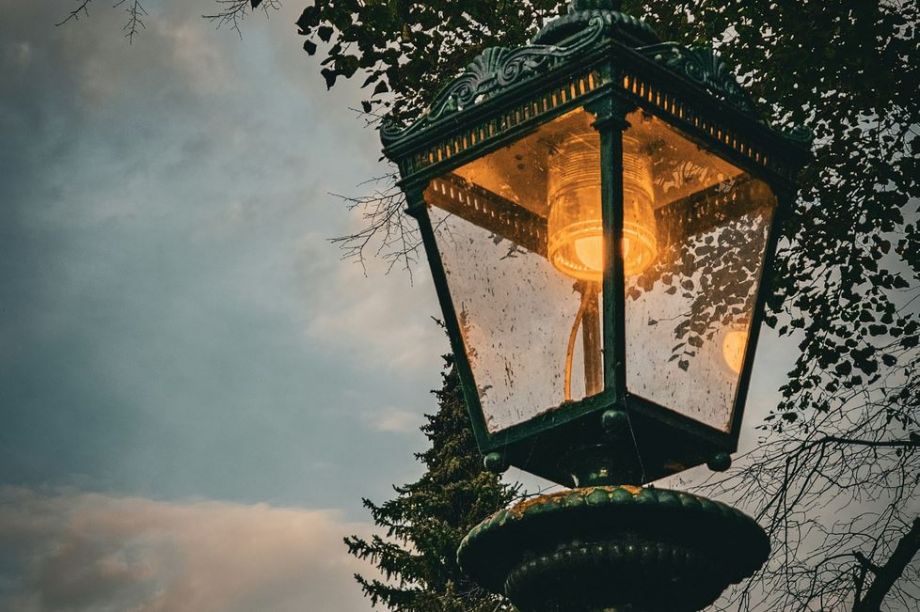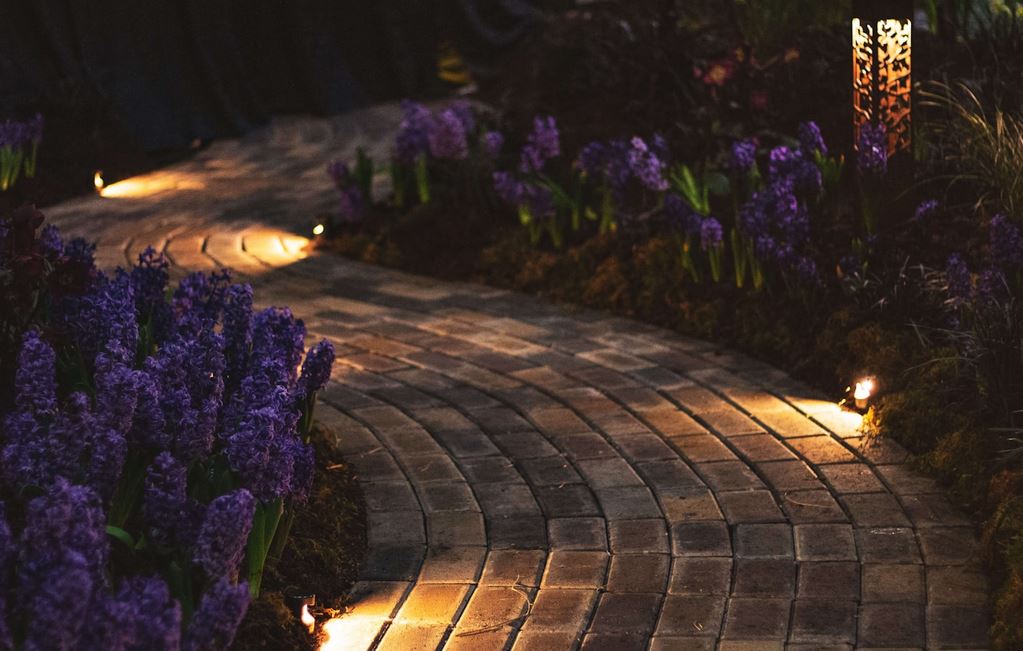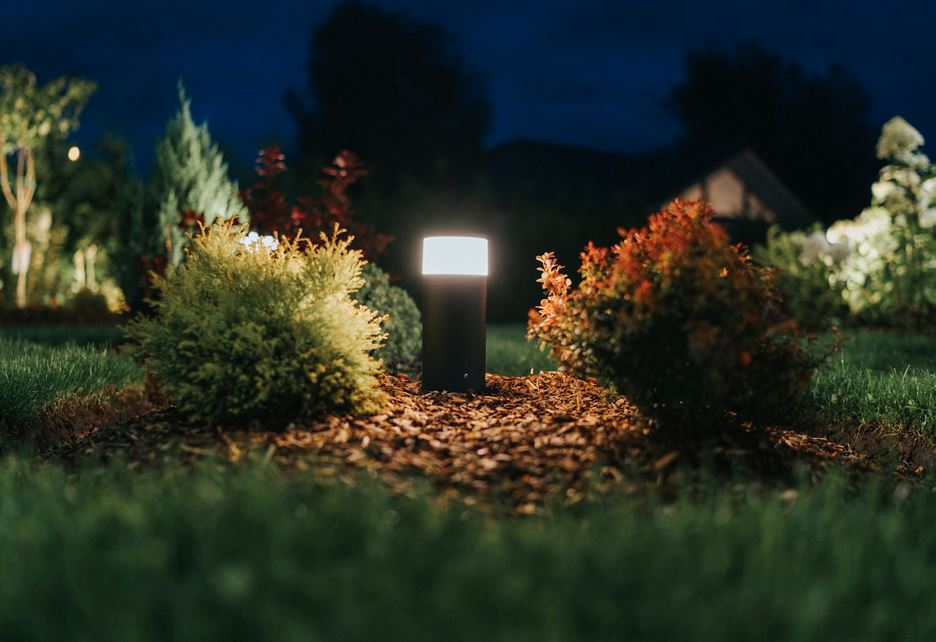
What Gauge Wire For Landscape Lighting? (Guide)
Thinking about lighting up your yard, garden, or walkway?
Low-voltage landscape lighting is a great way to add some serious curb appeal without breaking the bank. But before you run out and buy a bunch of lights, there’s one small detail that can make a huge difference: wire gauge.
It’s not the most exciting part of the project, but using the wrong wire size can cause problems like dim lights, power issues, or worse.
In this post, we’ll show you what gauge wire to use for landscape lighting.
Common Wire Gauges For Landscape Lighting
There are a few wire sizes people typically use for low-voltage landscape lighting.
You’ll mostly see 14 gauge, 12 gauge, and 10 gauge wires. The smaller the number, the thicker the wire. And thicker wire carries power more efficiently over longer distances.
Let’s take a look at each of these:
14 Gauge Wire
This one’s the lightest-duty wire of the bunch.
It’s fine for short runs, like under 50 feet, and for lower wattage lights. If you’re just powering a couple of path lights close to your transformer, 14 gauge might work just fine.
That said, don’t push it too hard. It’s not built for big setups or long distances. Use it only when your layout is small and simple.

Also Read: How To Design Landscape Lighting
12 Gauge Wire
This is the go-to for most landscape lighting projects.
It’s a great middle-ground – flexible, easy to work with, and can handle a decent amount of wattage without losing voltage.
You can run up to 100 feet with this stuff in most cases, assuming your total wattage isn’t crazy high.
If you’re not sure where to start, start with 12-gauge. It’s the most popular choice for a reason. Strong enough for most jobs, but still affordable and easy to manage.
10 Gauge Wire
This is thick, durable, and perfect for long runs or high-powered lighting setups.
If you’ve got a long stretch of lights, or you’re stringing together a bunch of fixtures, 10-gauge keeps your system strong and consistent.
It costs more and it’s a little harder to bend and tuck into tight spots, but it’s worth it when your setup demands more power.
Also Read: Is Landscape Lighting Worth It?
How To Choose The Right Gauge For Your Project
Picking the right wire gauge isn’t complicated, but it does take a little planning.
The two main things to think about are how far your wire needs to run and how much power your lights will use.
The longer the run and the higher the wattage, the more power your wire has to carry. And thinner wires just can’t handle that as well as thicker ones.
Once you’ve added up the total wattage and measured the farthest distance from your transformer to the last light, use that info to pick your gauge.
There are plenty of wire gauge charts online that can give you an exact match, but a good rule of thumb is: short and simple setups can use thinner wire, and longer or more complex systems need thicker wire.

Why Voltage Drops Matter
Another thing you need to be aware of is voltage drops.
As electricity travels through a wire, a bit of it gets lost along the way. The longer the wire and the more power it’s moving, the more gets lost. That’s a voltage drop.
It means your 12-volt light might only be getting 10 volts by the time power reaches it.
When that happens, lights get dim. Sometimes they flicker. In worst-case scenarios, they might not turn on at all.
You don’t want to spend time installing everything only to find half your lights are underperforming.
Using the right gauge wire helps prevent that. Thicker wire keeps voltage drop to a minimum so all your lights shine bright and evenly – just like you planned.
Pro Tips For Running Landscape Lighting Wire
Once you’ve picked the right wire, it’s time to lay it out and hook everything up.
The actual install isn’t hard, but a few simple moves like the ones below can make your setup cleaner, more reliable, and easier to tweak later if needed:
- Leave extra slack at each fixture so you can reposition lights later without needing to rewire everything.
- Use waterproof connectors that seal out moisture and protect against corrosion.
- Avoid unnecessary splices. Fewer connections means fewer things that can go wrong.
- Bury the wire 6 to 12 inches deep to keep it safe from foot traffic, pets, and lawn equipment.
Also make sure to plan your layout before you dig. Walk it out and mark spots with flags or chalk.
Also Read: Where To Place Landscape Lighting?
Bottom Line
The gauge wire you choose has a big impact on how your landscape lighting performs.
Go too thin, and you’ll end up with dim or flickering lights. Go too thick, and you might spend a bit more – but your system will run strong and smooth.
In most cases, 12-gauge wire is the sweet spot, but for long runs or high-wattage setups, 10-gauge is the better move.
And if you’re working with a small, simple layout, 14-gauge might be just fine.
FAQs
Can I Mix Different Wire Gauges?
You can, but it’s not ideal. Mixing gauges can cause uneven voltage across your system.
If you have to do it (like extending an existing line) make sure the thicker wire is feeding into the thinner one, not the other way around.
Still, it’s better to keep things consistent whenever possible.
Does It Matter If I Go Thicker Than Needed?
No! Going thicker is totally fine. You’re just reducing the chance of voltage drop. It might cost a little more and be a bit bulkier to work with, but there’s no downside in terms of performance.
If anything, it gives you more wiggle room for adding lights later.
Is Stranded Or Solid Wire Better For Outdoor Lighting?
Stranded wire is usually the way to go for outdoor use. It’s more flexible, easier to pull through tight spots, and it handles movement better without breaking. Solid wire is stiffer and a little more fragile if bent repeatedly.
For landscape lighting, stranded wire just makes life easier.







